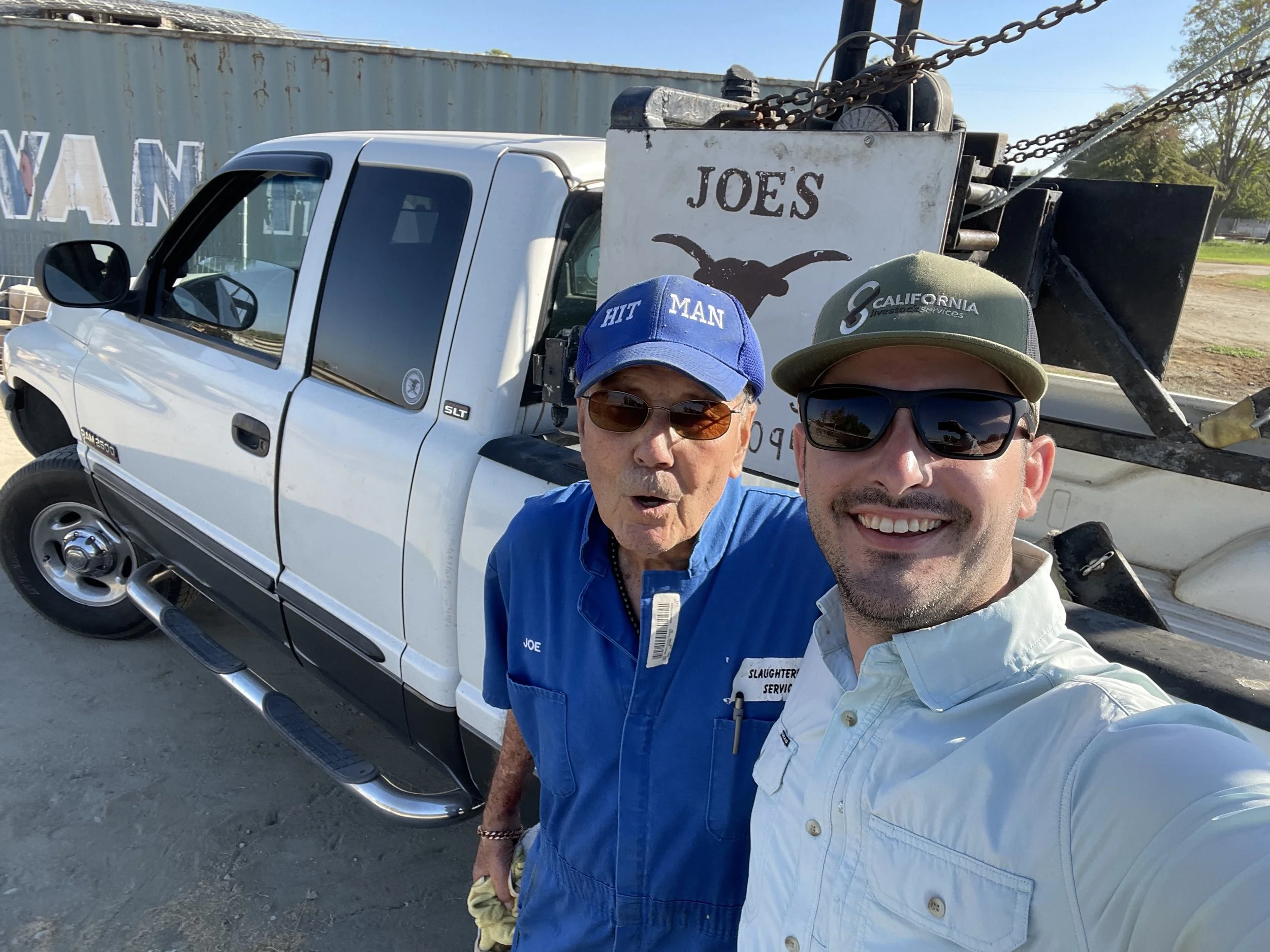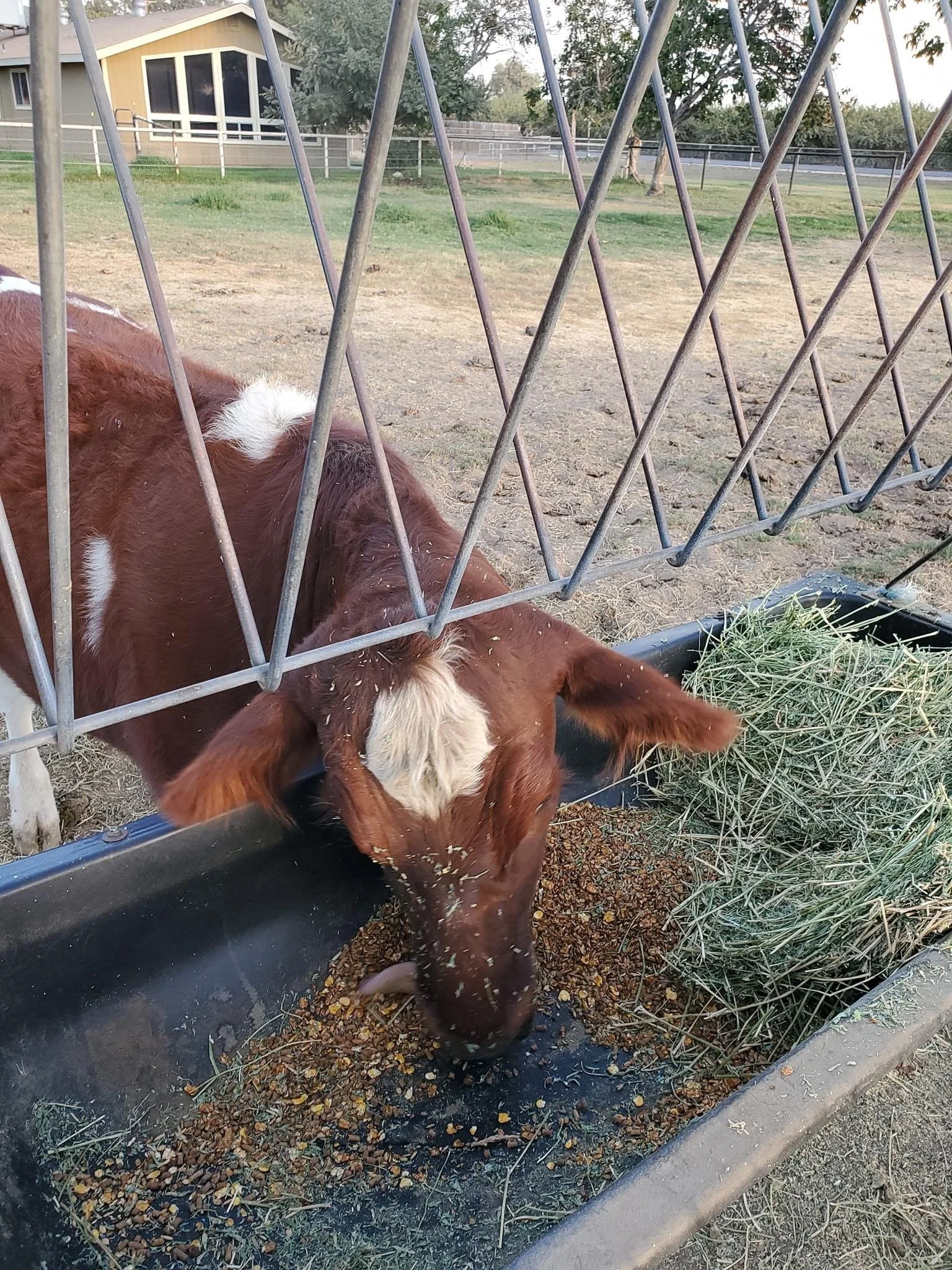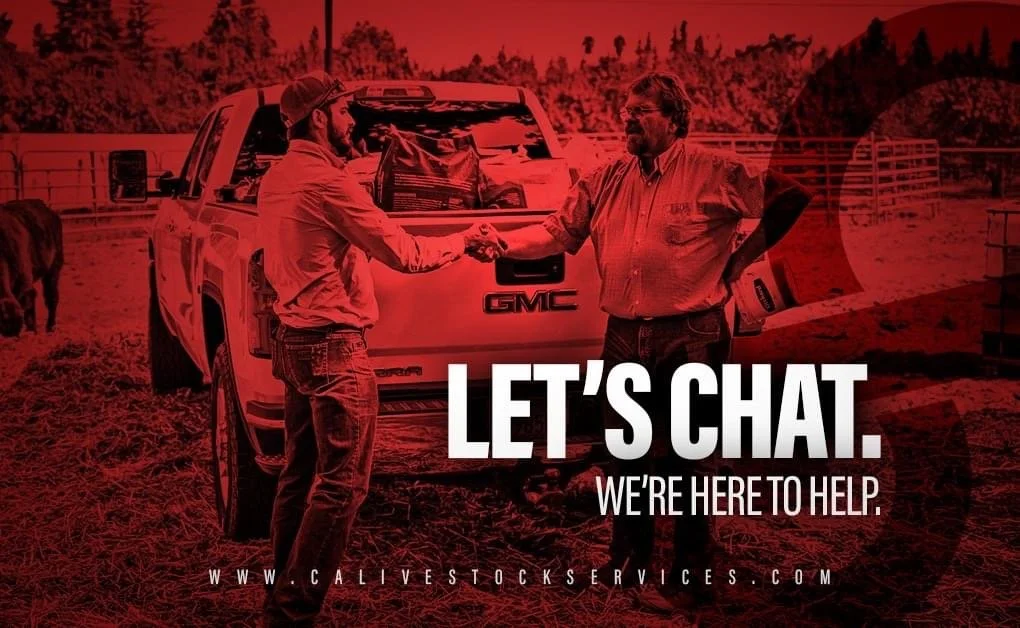"Raising Your Own Meat"
Have you went to the grocery store recently only to find yourself leaving empty handed or accepting lower quality products than you’re accustomed to? You are not alone! Due to recent supply chain issues, many have turned to taking matters into their own hands and producing essential goods at home. One of those staples is a reliable protein source with pride of knowing they raised it themselves. I will be listing the dos and don’ts I have witnessed in feeding out livestock and hopefully help you be able to harvest your own, homegrown protein.
Empty shelves during COVID scarcity worries
During Covid, we saw many supply chain issues and scares, from toilet paper to meat.
Connect with local butcher to get a harvest date
It is imperative to first connect with your local butcher to get a date on the calendar for your harvest date. Depending on the time of year, most butchers are scheduled out for 6-10 months. One of the largest factors for this, is scheduling the “Hit Man”; a term coined locally by the famous Joe Luiz. These men or women spend a majority of their time, traveling long distances to harvest and prep the carcass for wholesale or resale cuts. A second element to the delay in harvest dates is the shortage of skilled labor within the local butcher’s facility. It takes precision and knowledge to properly separate cuts of meat from a carcass. While your meeting with your local butcher, ask for a cut list sheet. All butchers have them and it will give you an idea what you want for cuts upfront. You can sit down and go over which cuts are most economical or wanted with your harvested animal.
Joe and Cody in 2021
Joe was estimated to harvest over 50,000 head during his career
How many days until harvest?
It’s very important, once you have your harvest date to plan your feed program accordingly. If you have 120 days to harvest, you will need to feed an animal quite differently than you would if you have 60 days to harvest. you can cost yourself a lot of money by just throwing feed in front of an animal and not feeding scientifically.
Size of Animal
Getting your animal should be the third step after deciding what species you’d like to “feed out” and talking with your butcher. Before purchasing, you can talk with a local producer or sale barn to decide the size of animal you want. Whether you want to play a larger role in feeding out your stock or just finishing it. Usually, if you want to get a younger animal to have a more intensive feed out plan, they’re cheaper. If you want to just finish out an animal, they more expensive because the producer has utilized their resources to get that animal to a closer date to harvest.
Expected/proper harvest size
Once you get your animal and harvest date, you can then, work backwards to get a rough estimate on the projected finish weight of your animal. After that, we move into the proper amount of feed you need to put in the feeder each day.
Budget
Once we find the harvest date and size of animal, we then need to discuss the budget of the project. Usually, the best way to go about this is to look at the cost per pound to purchase the same amount of meat from a store, minus the cost of the animal will give you a ball park on what to realistically expect to spend. One other variable to decide is if you’d like to feed out a leaner, or more conditioned piece of meat than what you’d expect to see in the store.
Proper care for safe meat
When discussing market animals, we would be remiss if we didn’t talk about the importance of proper husbandry. Having livestock, it is almost inevitable that you will encounter a sick or hurt animal. When treating livestock during those situations, we need to communicate with our vet our harvest date, which in turn they can check the withdrawal period of any drugs they need to administer.
Pros and Cons of Raising your own Meat
Now more than ever, we as a society, are disconnected from our food sources. Although there are many great independent processors in the United States, many large ones are owned by overseas interest. Saying that, it’s important to highlight that most of their producers are small cattle/calf or stocker operations. By buying your livestock from a local producer, you are giving them another avenue to market their stock for a fair market value, with minimal middlemen. Growing your own protein source, keeps money local, producers and butchers in business and provides a lower carbon footprint by less travel of said livestock. With limiting the amount of figurative hands that are touching the animal, you maximize your return and provide yourself with a very reasonably priced amount of meat. There are a few downfalls of raising your own meat. Those are as follows; a more intensive approach of sourcing meat by feeding and checking on your animals twice a day, a larger upfront cost of the animal, feed and harvest fees, and most importantly a place to keep the animal. Although these are serious things to consider, along with the mindset that raising your own protein source isn’t for everyone, these downfalls do not outweigh the feeling of reassurance that you will have with a freezer full of meat.
All in all, there is no easy path to obtain your protein, either you spend your hard earned money buying meat from someone else, or you do it yourself. The question is, “Does the gratification of raising your own meat outweigh simply purchasing it?”
If interested in raising your own meat, feel free to reach out below to learn more about our feeding programs!





